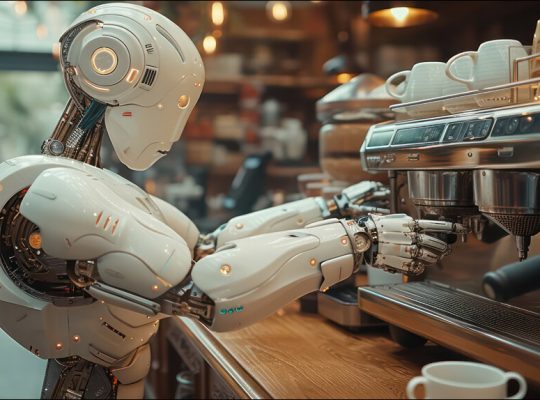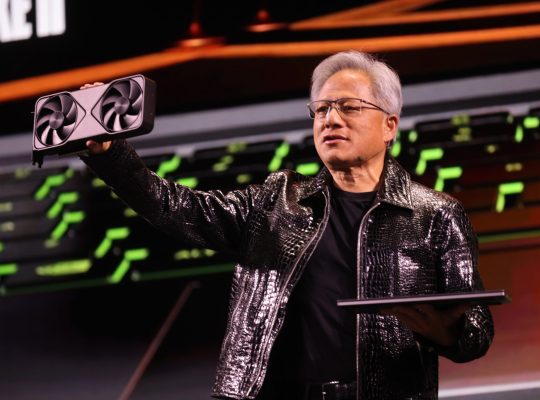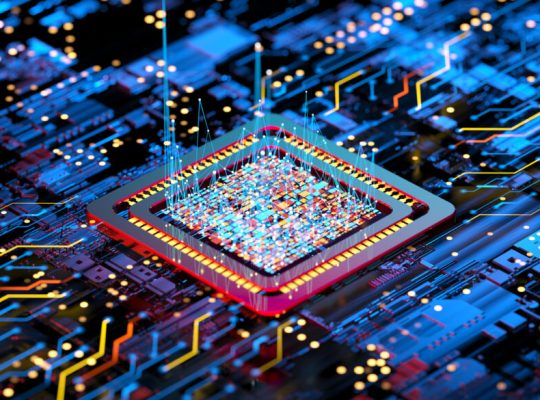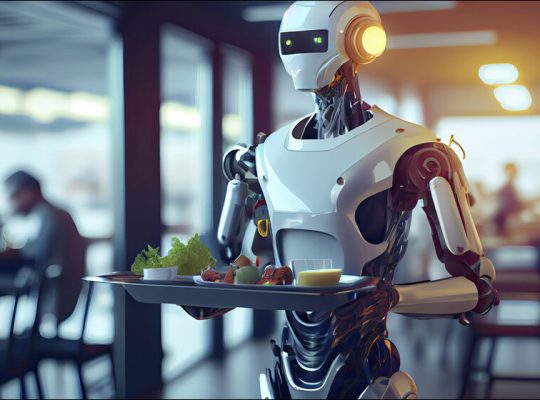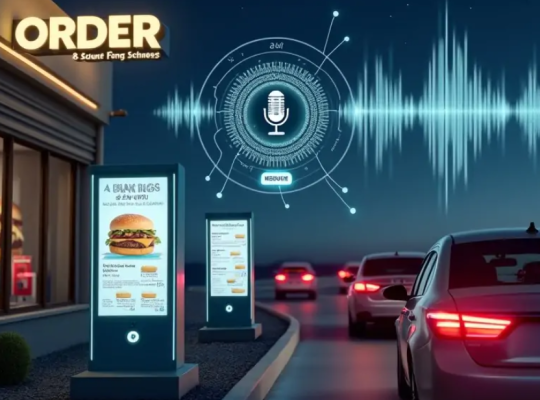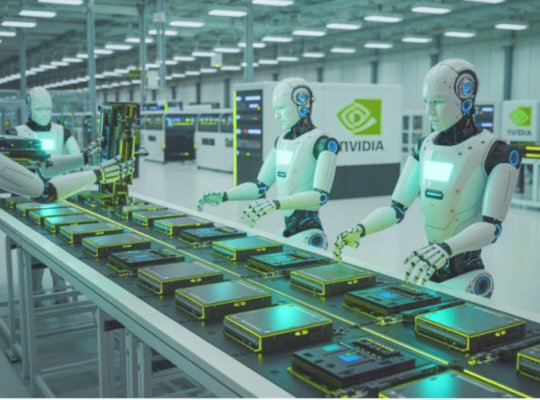The future of AI-powered drive-thru systems is poised to be transformative, with fast-food chains leveraging the technology to address key industry challenges like labor costs, operational efficiency, and customer experience. While there have been some high-profile stumbles, such as McDonald’s previous trial with IBM, the industry is continuing to invest heavily in refining and expanding these systems.
Here’s a breakdown of the key elements shaping the future of AI-powered drive-thrus:
1. Enhanced Customer Experience
Speed and Accuracy: AI voice assistants use natural language processing (NLP) to take orders, aiming to eliminate human error and reduce wait times. This is a primary driver, as customers prioritize a fast and accurate experience.
Personalization and Upselling: By recognizing returning customers through technology like license plate recognition (with customer opt-in), AI systems can access past order data and loyalty accounts. This allows them to offer personalized recommendations and promotions, increasing the average order value.
Multilingual Support: AI can handle multiple languages and a wide range of accents, making the ordering process more inclusive and seamless for a diverse customer base.
Multimodal Interfaces: Future drive-thrus will likely integrate voice, visual, and touch-based interfaces, giving customers more control over their orders and providing a more dynamic and engaging experience.
2. Operational Benefits for Fast-Food Chains
Reduced Labor Costs: Automating the order-taking process allows chains to reallocate staff to other crucial tasks, such as food preparation and customer service, ultimately helping to manage rising labor costs.
Increased Efficiency and Throughput: AI systems can process multiple orders simultaneously, reducing bottlenecks and keeping the drive-thru line moving, especially during peak hours.
Data-Driven Insights: AI-powered systems generate a wealth of data on customer behavior, order patterns, and traffic flow. This data can be used to optimize everything from menu displays (e.g., suggesting high-margin items) to staffing levels and inventory management, leading to reduced food waste and improved profitability.
Consistency: AI provides a consistent, 24/7 service, ensuring that every customer receives the same high-quality interaction, regardless of the time of day or staff availability.
3. Key Technologies and Companies
Voice AI: Companies are developing sophisticated voice assistants that can understand natural language, even in noisy environments. Examples include Wendy’s FreshAI (powered by Google Cloud), Taco Bell, and KFC.
Machine Vision: This technology uses cameras to recognize vehicles and customers, enabling personalized greetings, loyalty program integration, and tailored menu suggestions.
Robotics and Automation: While not strictly part of the drive-thru interface, the future of AI in fast food extends to the kitchen. Robots and AI-powered systems are being used for tasks like flipping burgers and optimizing food preparation, creating a more cohesive, automated experience. Yum! Brands (parent company of Taco Bell and KFC) has partnered with NVIDIA to roll out AI tools across its thousands of restaurants.
4. Challenges and Hurdles
Order Accuracy: Early AI systems struggled with complex or custom orders, accents, and background noise, leading to customer frustration and viral videos of miscommunications. The technology is rapidly improving, but this remains a key area of focus.
High Initial Costs: Implementing and maintaining advanced AI systems requires a significant upfront investment, which can be a barrier for smaller chains.
Integration and Scalability: Integrating new AI systems with a chain’s existing legacy technology and scaling them across a large number of locations can be complex and challenging.
Job Displacement Concerns: The rise of AI in customer-facing roles has raised concerns about job losses for fast-food workers, a topic that companies are attempting to address by emphasizing that AI is meant to augment, not replace, their staff.
Data Privacy: As AI systems collect more customer data, there are growing concerns about privacy and data security. Companies must be transparent about data collection and have robust measures in place to protect customer information.
Despite these challenges, the trajectory for AI-powered drive-thrus is clear. The technology is seen as a crucial tool for fast-food chains to stay competitive, increase efficiency, and meet the growing consumer demand for a faster, more personalized, and seamless experience.










